Page 1 of 1
Zamia sp. "Brown Emergent"
Posted: Sun Jan 18, 2009 10:49 am
by Knnn
These seeds have recently become available, anyone have any guesses as to what species they might be?

Seeds,
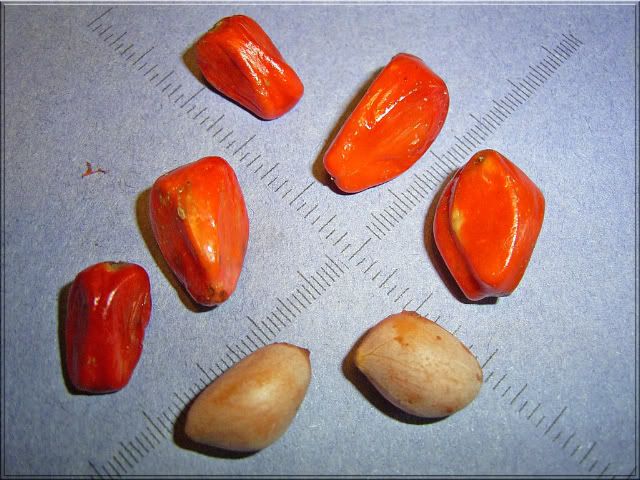
Cleaned, (the two small ones never fully developed)
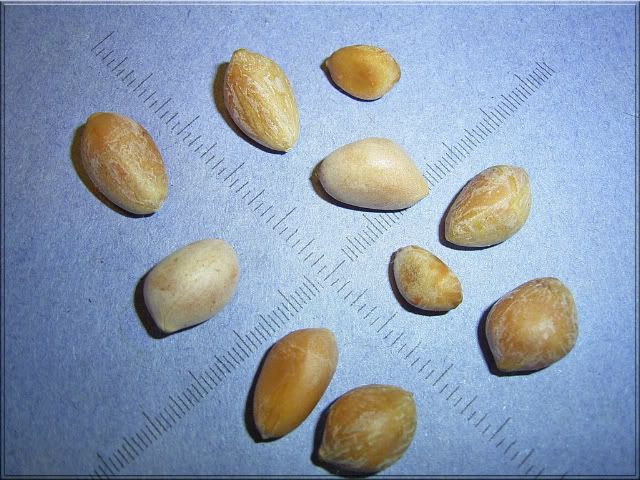
The end the radicle will hopefully be emerging from

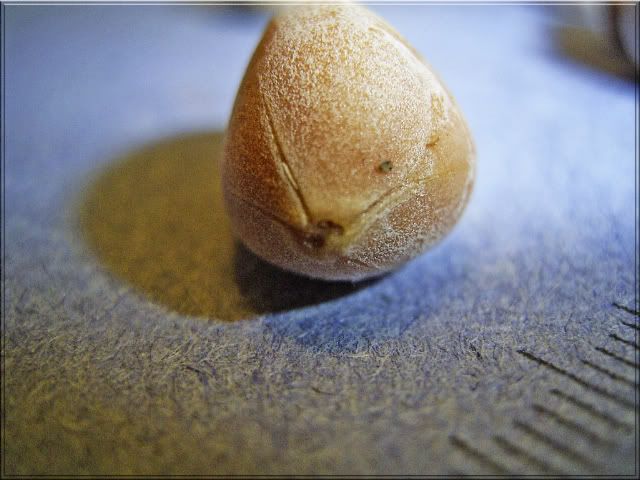
Steve
Posted: Sun Jan 18, 2009 10:52 am
by Kansas
Hope you have better luck with them. I have NEVER had good luck with Zamia seeds.
Posted: Sun Jan 18, 2009 11:05 am
by Knnn
The smaller Zamia seeds are a little touchy, once cleaned, they only seem to last about a month.
Find some to clean yourself and you will increase the odds, I usually just fill up a community pot with Zamia seeds barely under the surface and cross my fingers

Steve
Posted: Sat Feb 14, 2009 3:21 pm
by Knnn
First signs of life!
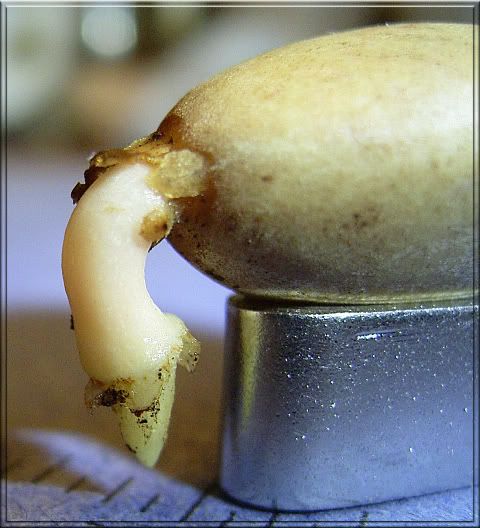
Steve
Posted: Mon Feb 16, 2009 1:24 pm
by lucky1
Spectacular close-up.
Barb
Posted: Tue Mar 03, 2009 9:56 am
by Knnn
Thanks Barb!
I was fortunate enough to talk with the person who made these available, this is a brown emergent form of
Zamia amblyphyllidia
Some more info:
http://www.pacsoa.org.au/cycads/Zamia/a ... lidia.html
Here's a recent photo,
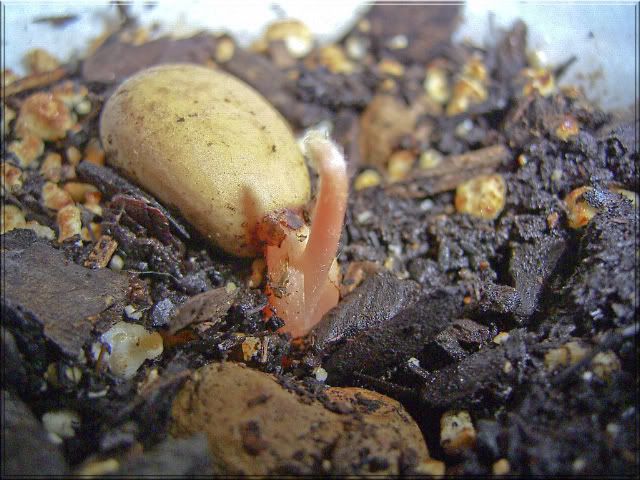
Steve
Posted: Tue Mar 03, 2009 5:40 pm
by oppalm
great pic Steve. You can see every little hair on that seedling. Are you germinating the seeds and then sitting them on top the soil to root?
Posted: Tue Mar 03, 2009 6:26 pm
by Knnn
Thanks Kent,
These were buried just under the surface, normally they would stay there....
Started them in the converted refrigerator, between 85* - 95*F, and these are growing fast enough to push out of the soil

Steve
Posted: Tue Mar 03, 2009 8:43 pm
by lucky1
Steve,
great photo of the adult zamia in that link.
Seems to be planted in full sun too, which seems a bonus.
The brown emergent sections appear even more delicate than regular ones.
Barb
Posted: Wed Mar 04, 2009 2:16 pm
by Knnn
Noticed a couple more today, these were under the soil yesterday!
(I suppose a lighter mix would help

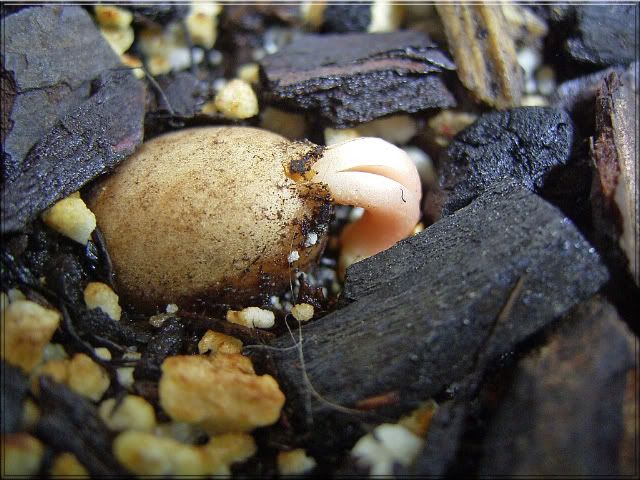
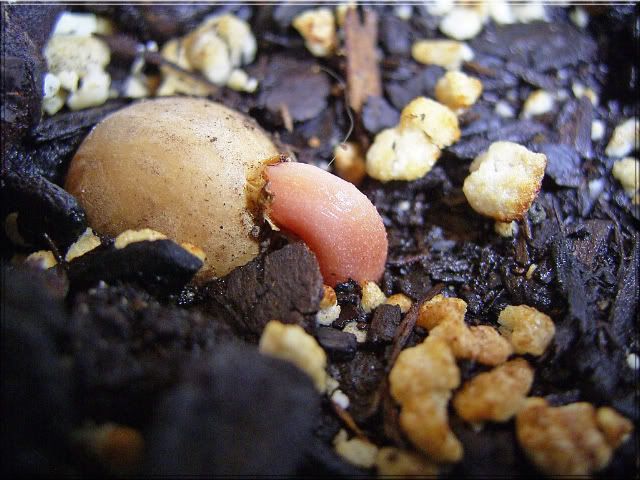
Steve
Posted: Wed Mar 04, 2009 3:02 pm
by lucky1
As usual, cool pictures.
I wonder just how far a radicle will travel in search of soil?
There must be a limit, and if birds or rodents disturb the seeds, wonder if it'd go, say, a foot?
Yes, it's been a burden to be so darn inquisitive.
I recall my parents sighing a lot when I was a kid.



Barb
Posted: Wed Mar 04, 2009 6:07 pm
by Knnn
Barb,
No real idea


It would keep growing till the seed was depleted, at that point, it's progress would depend on the plants ability to absorb moisture & nutrients from it's environment.
Thinking of epiphytic Cycads, here is a
Zamia pseudoparasitica with a 15 meter root!
http://www.cycad.org/documents/Jun-Sep- ... t-True.pdf
Steve
Posted: Wed Mar 04, 2009 8:10 pm
by lucky1
Good point about the seed depletion.
Holy cow, a 15 meter root. That's 49+ feet long!
Cool link, thanks.
Barb
Posted: Thu Mar 05, 2009 4:22 am
by virtualpalm
Speaking of
Z. pseudoparasitica, this characteristic of the elongated taproot -- which grows down the trunk of the supporting tree and into the forest floor below -- seems to only happen in certain populations. I have seen trees full of these plants in habitat where none of the plants have such a taproot. Prior to this discovery, it was "understood" that this species loses its taproot to rot early during its development only to be replaced with masses of adventitious roots that grow/anchor into the root masses of surrounding epiphytes like anthuriums, orchids, etc. -- or possibly that the plants never really grew a single taproot to begin with. This is a "paradigm shift" type of discovery that may be one of the most important to occur in the cycad world in many years.
Jody
Posted: Thu Mar 05, 2009 6:03 pm
by Knnn
Jody,
looking forward to hearing more on this! I would like to think we are seeing an evolutionary step

Steve
Posted: Thu Mar 05, 2009 6:53 pm
by virtualpalm
I really don't think it is that as much as an undiscovered phenomenon that has been happening the same way for a very long time but has until now gone undetected. I think one of the reasons that this particular thing has not been observed (or reported) is that in the tropics there are large vines of different species growing up many of the trees, and the root of a cycad could very easily just blend in and look like one of those vines. The plant in that article just happened to become dislodged and was hanging by the taproot -- which is how this particular characteristic was discovered.
Jody
Posted: Thu Mar 05, 2009 7:11 pm
by Knnn
Still quite an interesting adaptation, can only imagine what it must be like to see these habitats in person.
(closest I've been to the tropics is Florida, and that was over 25 years ago

Steve
Posted: Wed Mar 25, 2009 6:45 pm
by Knnn
Moving along........

Steve
Posted: Fri Apr 10, 2009 9:11 am
by Knnn
Some updated photos,
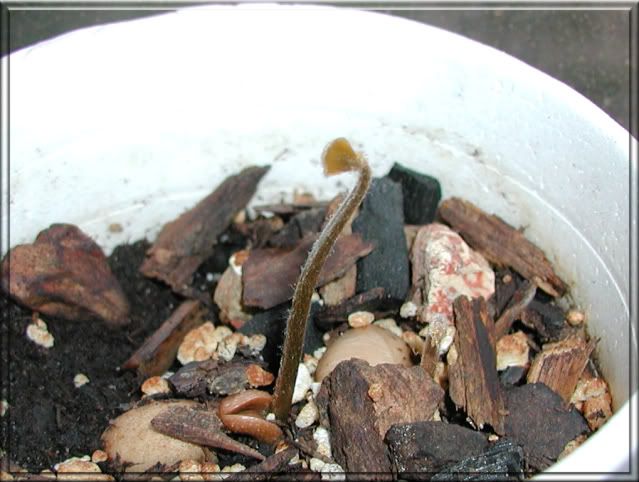
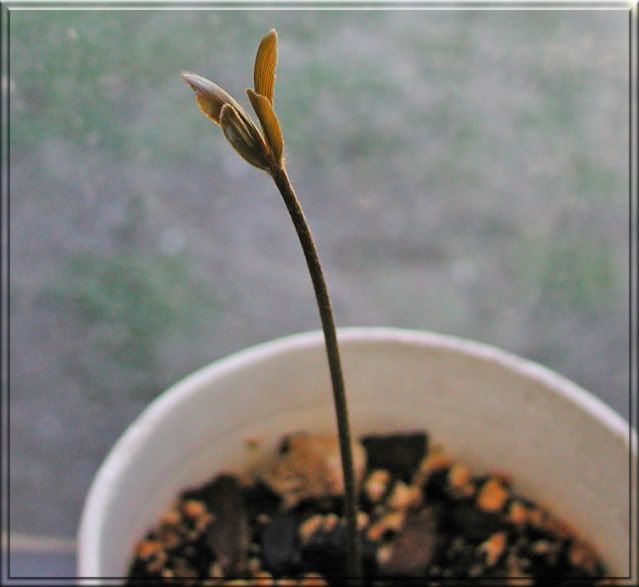
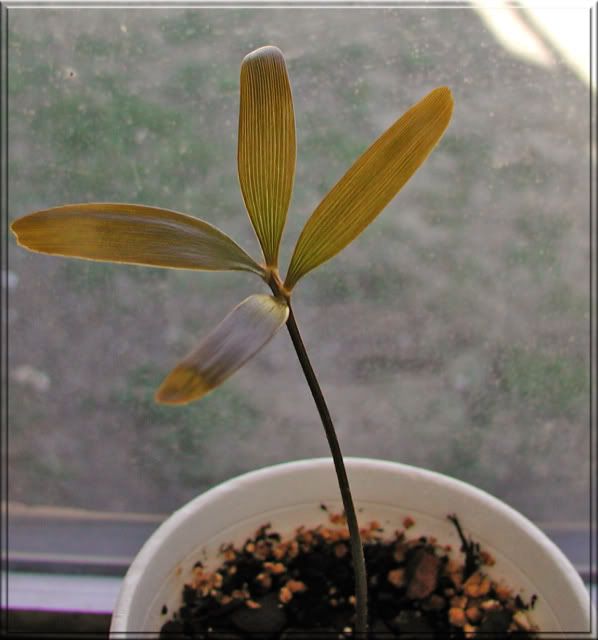
Steve
Posted: Sat Apr 11, 2009 10:09 am
by lucky1
Nice, Steve, congrats.
Barb
Posted: Fri May 29, 2009 7:24 am
by Knnn
Thanks Barb, here's one with a first set of leaves.
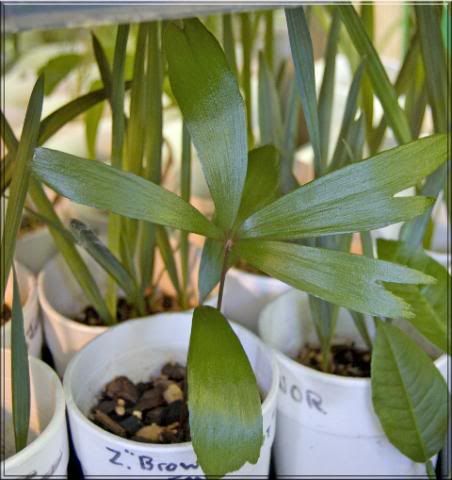
Steve
Posted: Sat May 30, 2009 12:10 pm
by lucky1
Obviously you give them optimum conditions, Steve, for them to flourish like that.
Beautifully done.
Barb
















